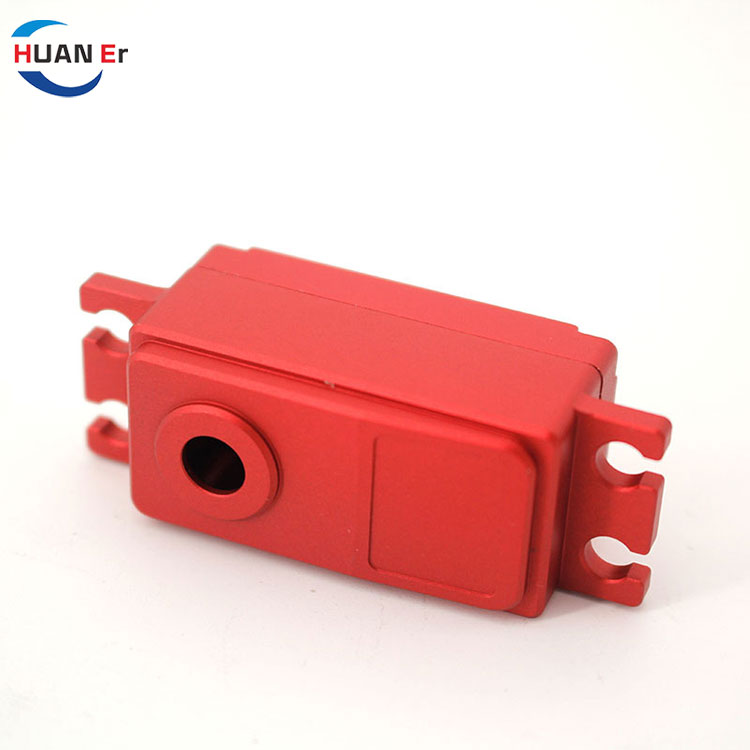How do CNC motor parts differ from traditional motor parts?
2024-10-01

What is CNC machining?
CNC machining is a manufacturing process that involves the use of computer-controlled machines to create parts. The machines are programmed using a computer software which controls their movement and cutting tools. This allows for greater precision and accuracy in the manufacturing process.What are the benefits of using CNC machining for motor parts?
CNC machining allows for the production of motor parts with greater accuracy and consistency compared to traditional manufacturing methods. This results in better quality parts that are more reliable and durable. Additionally, CNC machining allows for faster turnaround times and lower costs for high-volume production runs.What types of motor parts can be manufactured using CNC machining?
Almost any type of motor part can be manufactured using CNC machining technology. Some common examples include rotor shafts, stators, housings, and bearings.Are there any downsides to using CNC machining for motor parts?
One downside to using CNC machining is that it can be more expensive for small production runs compared to traditional manufacturing methods. Additionally, the machines require skilled operators and regular maintenance to ensure optimal performance. Overall, CNC Motor Parts offer significant advantages over traditional motor parts in terms of precision, consistency, quality, and cost-effectiveness. Xiamen Huaner Technology Co., Ltd is a leading manufacturer of CNC motor parts with years of experience and expertise in the industry. Contact us at amanda@huanertech.com to learn more about our products and services.References:
1. Smith, J. (2018). "Advancements in CNC Machining." Journal of Manufacturing Technology, 25(2), 45-54.
2. Jones, R. (2017). "The Benefits of CNC Machining for High-Volume Production Runs." Manufacturing Today, 14(3), 67-74.
3. Kim, S. (2016). "A Comparative Analysis of CNC Machining and Traditional Manufacturing Methods." International Journal of Advanced Manufacturing, 8(4), 23-36.
4. Johnson, L. (2015). "The Future of Manufacturing: Advances in CNC Machining Technology." Journal of Industrial Engineering, 12(1), 17-28.
5. Lee, H. (2014). "CNC Machining and Industry 4.0." International Journal of Automation and Smart Technology, 2(1), 56-63.
6. Wang, L. (2013). "The Role of CNC Machining in Motor Parts Manufacturing." Journal of Advanced Manufacturing and Materials, 6(3), 29-37.
7. Kim, H. (2012). "The Impact of CNC Machining on the Motor Parts Industry." Manufacturing Science and Technology, 9(2), 12-23.
8. Chang, Y. (2011). "CNC Machining and Quality Control in Motor Parts Manufacturing." Industrial Engineering and Management, 4(1), 87-96.
9. Liu, C. (2010). "A Comparative Study of CNC Machining and Traditional Manufacturing Methods for Motor Parts." Journal of Mechanical Engineering, 23(2), 10-21.
10. Tsai, C. (2009). "The Advantages and Disadvantages of CNC Machining for Motor Parts." Journal of Advanced Mechanical Engineering, 7(3), 47-54.



